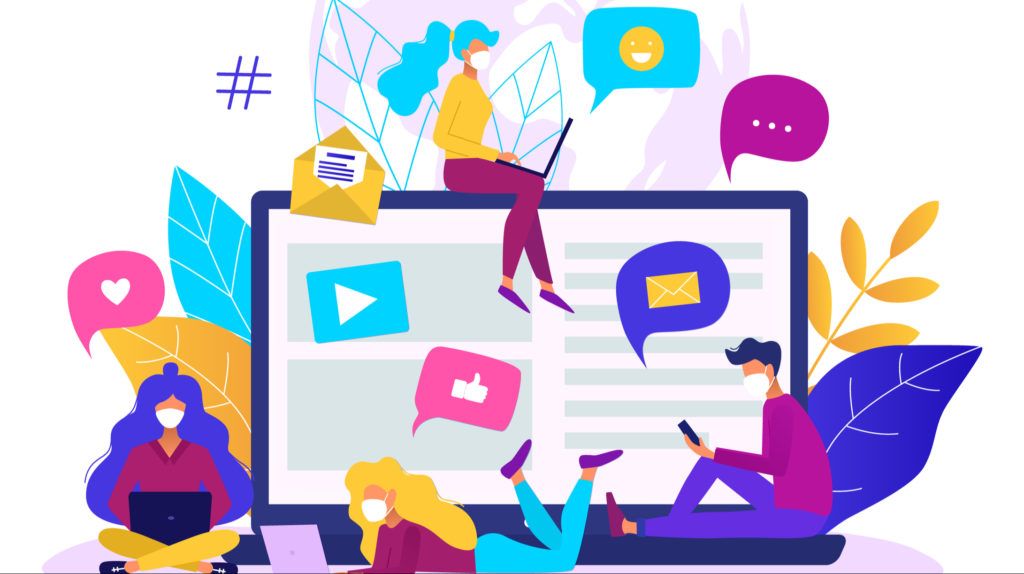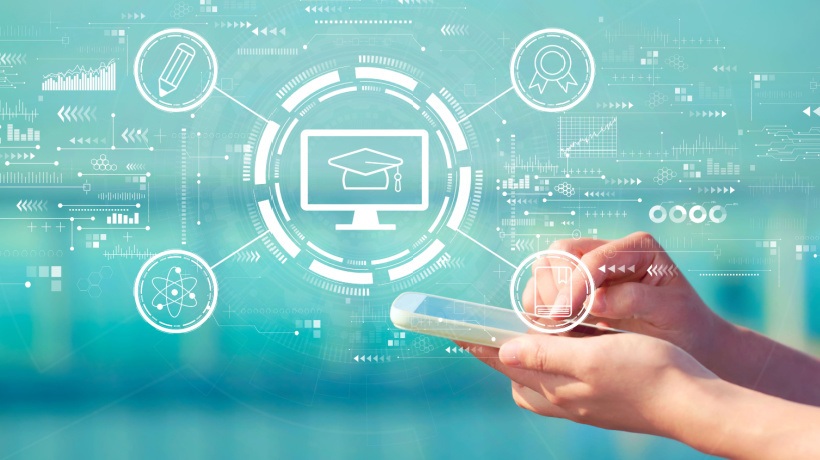How eLearning Is Being Used In Education In The Wake Of COVID-19
During this period, it is interesting to see how online tools are being integrated into the academic environment and what solutions are being used in order to remedy the social distancing and study-from-home situation.
It Is Clearly Shifting To Online, But To What Extent?
For some universities, such as Boston University [2], it seems the right time to launch their full online MBA program. Cambridge [3], for example, has already decided to offer all their courses online until 2021. And Tencent is highly promoting its K-12 online school services.
Whereas other universities prefer to use online technology more as a supplementary resource, providing better support for students to overcome changeable situations and needs, and ensuring that learning does not have to be interrupted in the future.
Wellington University [4], for example, has been delivering homework and group classes though online and video streaming platforms. Rutgers University [5] is announcing graduate education will return in September with a combination of in-person and remote online classes.
Arizona State University [6] is proposing more flexibility in their offering with three modes of tuitions: the “on-campus in-person technology-enhanced learning environment,” which is a more traditional on-campus model; the “synchronous technology-enhanced” (with live video instructions/remote instruction); and the “fully interactive remote learning, ” such as recorded lectures available at any time from anywhere.
In some fields, such as in the research, in-person classes are still required, for clinical experimentations for example. Contact-tracing apps seem to be an alternative solution to stop the spread of COVID-19 without being forced to maintain social distancing. In China, the Alipay app released the Health Code, which has been used not only for universities but also for taking the subway, checking into a hotel, getting into a shopping mall or an office.
According to Salim Bourezane, product manager at QPSoftware, “Nowadays, the technology and eLearning platforms are not just a tool or communication medium between teachers and students, but it became part of the education environment. More sophisticated, it has to provide maximum assistance to everyone, even to parents and teachers.”
Beyond the threat, COVID-19 is also an opportunity for education to become more accessible, to provide more flexibility, and even to innovate. Because, in the end, schools objective remains the same, it is about preparing students for the challenges of today and tomorrow.
Today, What Are The Best EdTech Practices To Be Considered?
Since eLearning exists, a multitude of technics and solutions have been blooming all over the market, which could be challenging for schools when it comes to knowing which solution might be the most suitable for their programs.
We have recently observed 5 top practices which could be important to consider prior eLearning system development or even just for the optimization of an existing solution.
1. Gamification
Gamification refers to the use of gaming elements and techniques integrated into the learning process. It is not just fun but could be very effective. Adding games to eLearning transforms passive learning into active learning and, for example, gamification includes the use of challenges, instant feedback, levels to pass, badges, scores, and more, improving completion rate and generating results above average.
2. Go Mobile
By 2025, almost 73% of all internet users will be accessing the web solely through a smartphone according to CNBC. If developing an independent app is not fitting with the budget, it is recommended to have at least a responsive solution accessible, from a variety of devices, including smartphones and other mobile devices.
3. Adaptive eLearning
Adaptive learning refers to a range of solutions that can adapt the distribution of courses and tasks based on a student's level of experience and knowledge. It can be easily implemented through pre-course tests, personalization options, and with an algorithm that tracks user performances. Adaptive learning crafts the lessons for each specific student.
4. Microlearning
Microlearning refers to the practice of creating short lessons that are packed with relevant information. It can be implemented through concise articles, short modules, videos, infographics, podcasts, or a combination of all of these. This technic is particularly effective when students do not have enough time or concentration to sit down for long periods.
5. Tracking Learning (Analytics)
It is well known that tracking is crucial for every business, including eLearning platforms. For example, with a tracking function, teachers are able to track progress made by their students and adapt their methodology to student needs. Implementing a good tracking system is relatively simple and mostly depends on choosing the right LMS.
References:
[1] Education: From disruption to recovery
[2] New program to be delivered in partnership with online education platform edX
[3] Cambridge University: All lectures to be online-only until summer of 2021
[4] COVID-19's Impact on Education and Response Strategies
[5] Rutgers: Our Plans for Fall 2020
[6] Arizona State University details plans to bring students back to campus for the fall









